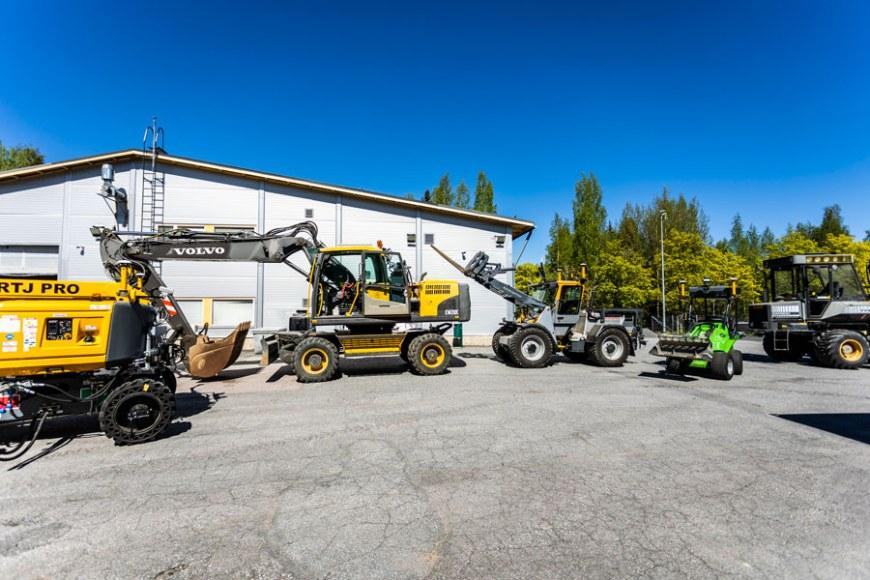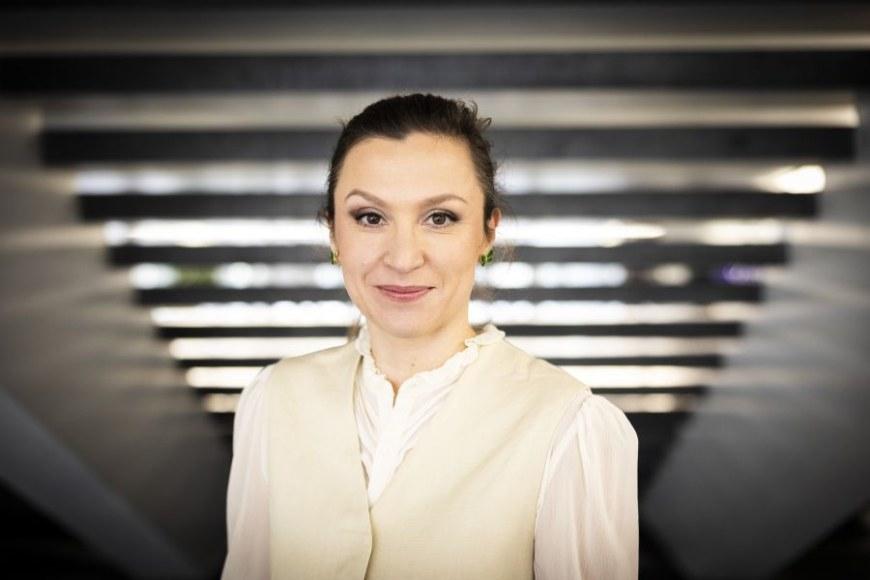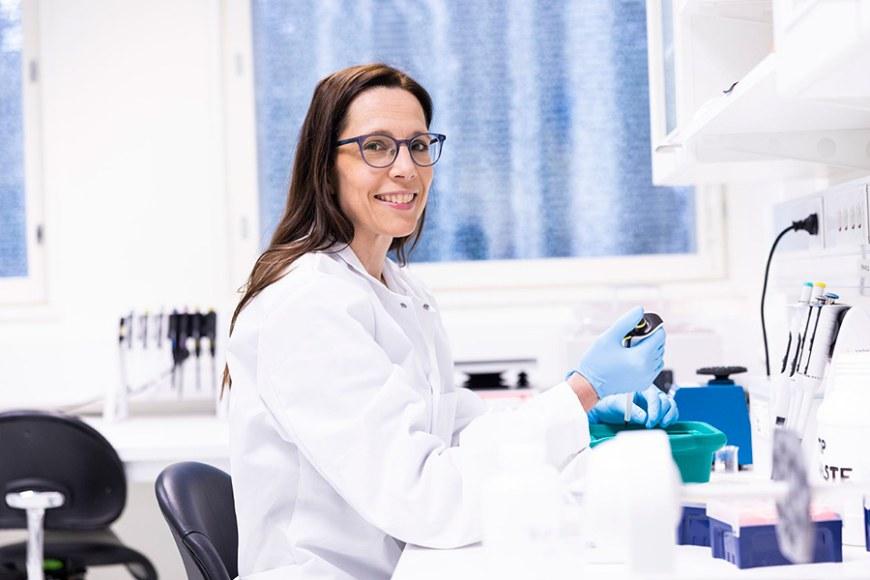Strengthening partnerships leverages the effective collaborative usage of research and innovation infrastructures in Tampere Region

Research and innovation infrastructures (RIIs) can be either physical or virtual platforms, services, laboratories, demonstration places or experimentation and learning environments. They support the progress of innovations emerging both from the industry and research and education community.
The 15 attendees of the InnoHEIs project’s online stakeholder workshop organised in May represented both infrastructure providers and their co-operation partners from private and public sectors.
The participants of the workshop identified and reflected challenges and solutions leading towards more concrete and effective ways to leverage the added value of infrastructure collaboration specifically in the field of manufacturing industry in the region.
Efficient utilisation of infrastructures calls for stronger partnerships
Dr. Päivi Myllykangas, Director of Innovation in the Council of Tampere Region, opened the workshop by emphasising the importance of the InnoHEIs project in building the future competences and promoting innovations especially within the manufacturing industry.
Several national and international programmes and strategies highlight the university-industry collaboration now and also in the future. In Tampere Region, the new Tampere University Community leads the way in this process.
Ms. Marja-Riitta Mattila-Nurmi, Development Manager in the Council of Tampere Region, opened up the regional diagnosis to be implemented in the context of the InnoHEIs project. The objective is to improve the efficiency and efficacy of the infrastructures and their services for the manufacturing industry ecosystem.
The regional diagnosis consists of several steps including identification and mapping of the existing infrastructures in the region, making selected interviews to deepen the understanding of the mechanisms and challenges, and a visualised gap analysis providing a holistic view on the regional infrastructure landscape and its future.
In addition, the international partnerships within the project offer an excellent opportunity for mutual learning and adapting new best practices, emphasises Mattila-Nurmi. In the long run, this can also lead to potential joint and shared use of some infrastructures also at transnational level.
Aim towards more open infrastructures
Making of the regional diagnosis is proceeding at high speed.
- So far, we have identified almost 100 infrastructures in Tampere Region, and many of them are related to manufacturing industry. These infrastructures have been classified according to physical space and relevance. A number of selected interviews are scheduled to take place, describe senior lecturers Timo Rainio and Petri Pohjola from Tampere University of Applied Science. The lecturers were facilitating the stakeholder workshop and they are implementing the regional diagnosis.
One of the joint aims of all stakeholders is to move towards even more open infrastructures. Some of the challenges on this journey are e.g. control of all available service provision, productization of offered services and how to make the infrastructures more visible and easier to access.
However, it is also necessary to ensure that the infrastructures are up to date, keeping up with the constant and rapid changes in the research, innovation and business environments.
- Many scientists in several research fields work closely with industry on a daily basis. Various novel collaborative operational models are being developed, and they also support our basic mission as a research university, says Dr. Anu Juslin, Director of Research and Innovation in Tampere University.
Facilities and services clearly available
Promising new openings as regards deeper co-operation between different actors have already taken place. Nevertheless, it is still necessary to improve the information flow, since many companies still do not perceive the research and innovation infrastructures of higher education institutions as environments where they have access to and which they can utilise.
The offer needs to be more clearly informed so that the infrastructures and the related services can be marketed in order to be utilised by manufacturing industry by large.
One clear statement by the stakeholders in the workshop was that the basic services must be well organised and transparent. It is important to take the existing partnerships and networks in the ecosystem into account, as well as improve the ways how these networks are effectively utilised. Many public infrastructures are currently underutilised; however, they should not compete with private actors in the field.
More information
Hanna-GretaPuurtinen, Development Manager, R&D and Innovation Services Tampere University of Applied Sciences
hanna-greta.puurtinen [at] tuni.fi (hanna-greta[dot]puurtinen[at]tuni[dot]fi, )Office phone number+358503732947





